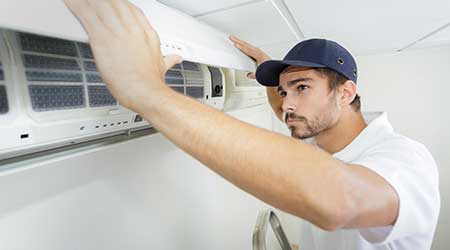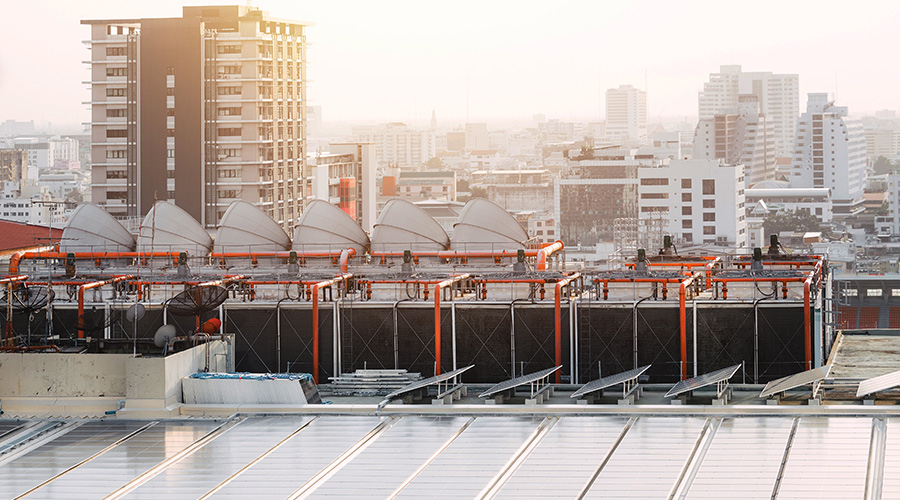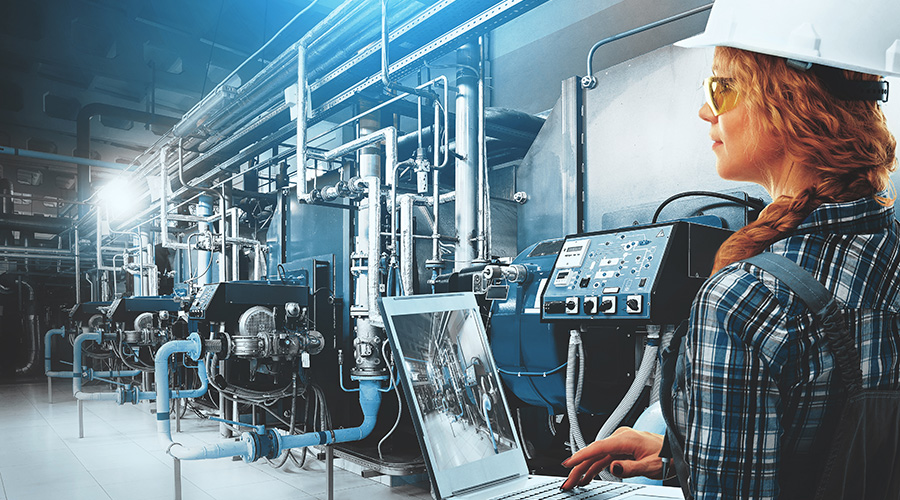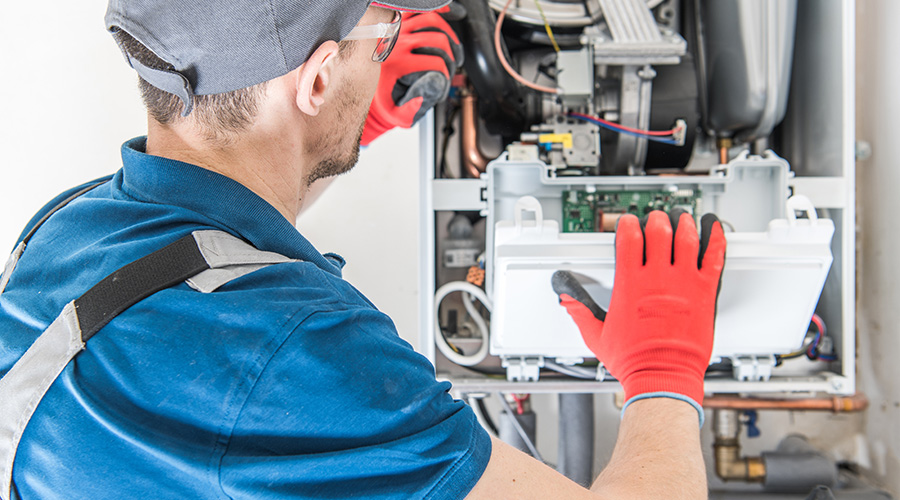 First produced in the 1930s, air filters were designed to reduce the chance of fires. Due to technology advances and standard upgrades, air filters serve a much larger purpose today.
First produced in the 1930s, air filters were designed to reduce the chance of fires. Due to technology advances and standard upgrades, air filters serve a much larger purpose today.Air Filters: Eyes on Efficiency
Advances in air filter efficiency and performance standards offer more potential benefits for organizations and occupants.
Air filtration systems have evolved over the years in response to evolving needs of occupants of institutional and commercial facilities. First introduced in the 1930s, their primary function was to reduce the chance of fires in building heating systems by reducing the volume of dust that collected on heating elements. In the 1940s and 1950s, the more widespread use of central air conditioning systems led to filters being used to improve operating efficiency by preventing the buildup of dust on cooling coils. While these early-generation filters did what they were designed to do, they had a very low filtration efficiency.
The first major changes in building air filtration systems came during the 1980s and 1990s in response to energy-conservation requirements and evolving indoor air quality concerns. That same time period saw the development of the first standards for testing the efficiency of air filtration systems; ASHRAE Standard 52.2 MERV (Minimum Efficiency Reporting Value).
Today, thanks in part to the development of the ASHRAE and other standards, new air filtration systems have much higher filtration efficiencies than the early-generation systems. The most common filtration systems in use today include flat-panel, pleated, extended surface filters, and electronic air filters.
Common systems
Most flat-panel filters use a filter media constructed from spun glass or a high-loft, nonwoven matter. They operate by the straining and impaction of particles with the filter media. Most have a MERV of 5 or less and an efficiency of less than 35 percent for particles in the 3-10 micro range. Most flat-panel filters are disposable. Their primary advantage is low cost.
Pleated filters offer a larger filtering surface area than panel flat-filters within the same duct cross-section. Pleated filters generally use a synthetic or a cotton polyester blend filter media, and their typical MERV rating is 6-11. Depending on their construction, pleated filters offer efficiencies of 35-85 percent for particles in the 3-10 micron range. All this comes at a higher filter cost.
Extended-surface filters, such as bag filters, offer an even larger filtering surface without having to increase the duct cross-section, although they do require a longer section of duct. Filter media can be synthetic, fiberglass or a cellulose-fiber blend. Typical MERV ratings are 11-15, with an operating efficiency as high as 95 percent for particles in the 3-10 micron range. This, too, comes at an even higher filter cost.
Electronic air filters operate on a completely different principle. Air entering the filtration system first passes through a conventional pre-filter that removes most of the larger particles. Air then enters an ionization section, where the remaining smaller particles receive an electrical charge. Charged particles then enter a collecting section containing a series of metal plates. These plates are oppositely charged, attracting and collecting the particles.
Their primary advantage is low pressure drop across the filter. Their main drawbacks are that they produce low levels of ozone. MERV ratings for the filters might not be accurate due to the testing procedure’s use of conductive carbon dust.
Related Topics:














